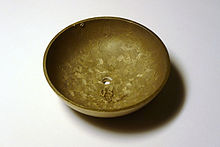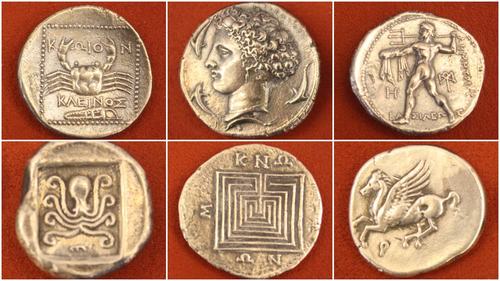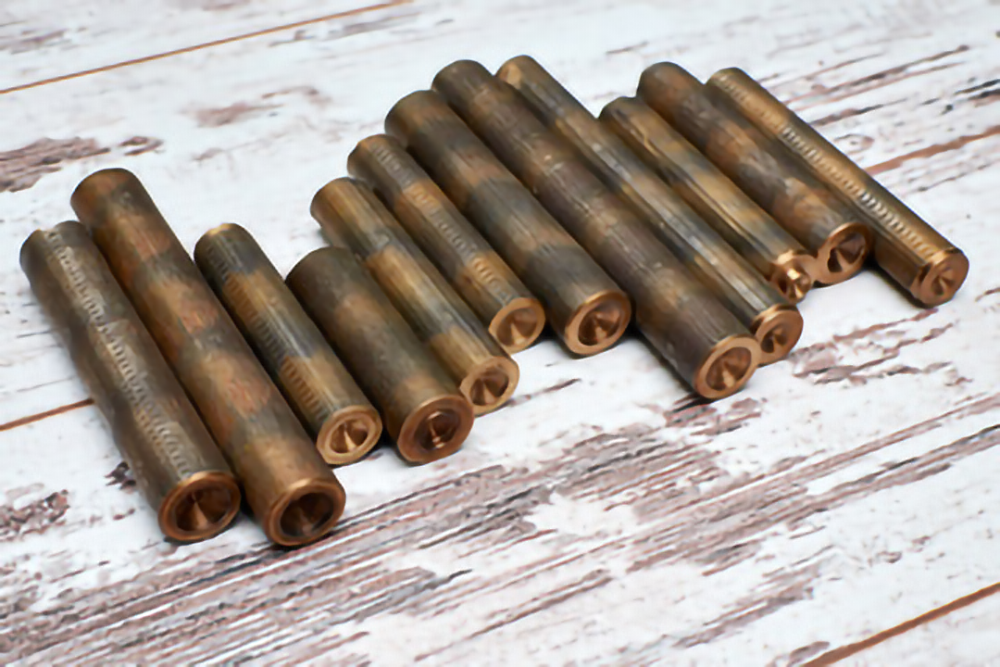
Bronze is harder than copper as a result of alloying that metal with tin or other metals. Bronze is also more fusible (i.e., more readily melted) and is hence easier to cast. It is also harder than pure iron and far more resistant to corrosion. The substitution of iron for bronze in tools and weapons from about 1000 BC was the result of iron’s abundance compared to copper and tin rather than any inherent advantages of iron.
Bell metal, characterized by its sonorous quality when struck, is a bronze with a high tin content of 20–25 percent. Statuary bronze, with a tin content of less than 10 percent and an admixture of zinc and lead, is technically a brass. Bronze is improved in hardness and strength by the addition of a small amount of phosphorus; phosphor bronze may contain 1 or 2 percent phosphorus in the ingot and a mere trace after casting, but its strength is nonetheless enhanced for such applications as pump plungers, valves, and bushings. Also useful in mechanical engineering are manganese bronzes, in which there may be little or no tin but considerable amounts of zinc and up to 4.5 percent manganese. Aluminum bronzes, containing up to 16 percent aluminum and small amounts of other metals such as iron or nickel, are especially strong and corrosion-resistant; they are cast or wrought into pipe fittings, pumps, gears, ship propellers, and turbine blades.

Besides its traditional use in weapons and tools, bronze has also been widely used in coinage; most “copper” coins are actually bronze, typically with about 4 percent tin and 1 percent zinc.
CREDIT: Encyclopædia Britannica, Inc.




